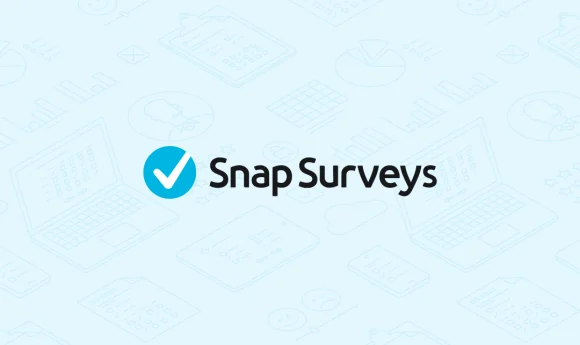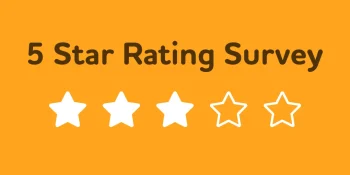Survey research is a valuable form of data collection for any sized business. Surveys can supply the data necessary to make informed business decisions. Whether it is conducting a consumer product survey for research & development, testing the effectiveness of your marketing campaigns, or collecting feedback about the services provided by your support staff – all results have a significant impact on strategic business decision making.
One of the difficulties survey researchers encounter when collecting data is the survey response rates. In order to collect data, respondents must be willing to complete your survey in its entirety. These days, people are bombarded with online survey requests and don’t want to be bothered during their day to complete a survey to help an organization collect data.
Responses are your key to reliable data. The higher your response rate, the more reliable your survey data is.
Use the following tips as a guide to improve your overall survey response rates.
Tips to Improve Survey Response Rates
- Incentives – Offering incentives to respondents for completing your survey captures attention. The incentive can be anything from a sizable prize offering, a discount, a gift card, or even special reports or white papers. Whatever the incentive, it must benefit respondents. The more the incentive is in-line with the interests of your respondents; the more likely they are to complete your survey.
- Progress Bar – Respondents have limited time, patience, and a short attention span. When it comes to online surveys, they want to know approximately how long it will take them to complete a survey. Don’t be misleading. Many respondents will drop out of your survey if they feel it is taking too long. Adding a progress bar in your online survey displays how far along they are in the survey and how much longer it will take to complete the survey. Many survey software providers have this functionality.
- Good timing – The time and day you send your online survey can affect how substantial or how weak your survey response rates will be. Sending your online survey during a time when people are generally very busy will likely reduce your chances of survey completion. Additionally, sending your online survey during a time when your respondents are unreachable will also have a profoundly negative effect on your response rates. For example, if you are surveying grammar school teachers, it would be best to avoid the summer as many teachers are on summer break and are unreachable. Plan your survey administration accordingly and ensure you send your online survey at the most ideal time to reach your desired audience.
- Advanced notification – Whenever possible, it is a good idea to notify your respondents of your upcoming survey. An advanced notice can prepare your respondents. The more you prepare, the more likely they will be to complete your survey. For example, send a personalized introductory email before administering the live survey. This email can serve as an introductory to explain the purpose of the survey to potential participants. You can also explain how their feedback will greatly benefit your research.
- Anonymity – The more personal questions you ask, the less likely respondents will be to complete your survey. Whenever possible, try to avoid personal questions. If a personal question must be asked, always give the respondent the ability to skip a question or choose an answer such as “I prefer not to answer.” Additionally, in the introductory, explain to participants how their responses will be kept in strict confidence. If you are planning to administer a survey with many personal questions, consider working with a third party survey research provider. Many survey software providers have the internal survey research resources to work with you on your project.
Use the above list as a guide to improve your overall response rate and receive more reliable data for your survey research needs.



